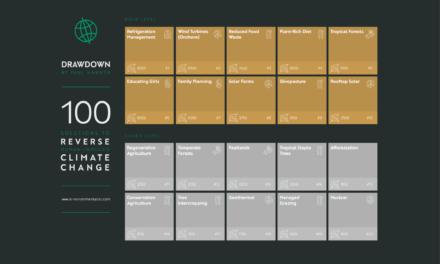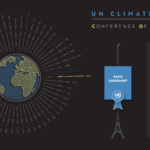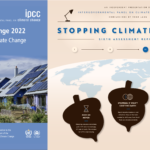The Perfect Problem: Part Two
This is Part Two of a five-part series exploring how our cognitive biases, social norms and communication channels can obstruct us from seeing the threat of human-induced climate change clearly. While the golden rule of communicating climate change is to stay positive, sometimes you just have to start off by laying out the reality. It gets more positive, we promise!
A big shout out again to US-based Ian Webster for kindly providing us with his illustrations. We’d also like to thank Stuart Capstick, of Cardiff University, for his generous feedback. Stuart is a long-standing expert in this field, and while none of the above represents his views, he has helped us immensely with direction and morale!









Hello Will
Great graphics.
I’d like to direct my students to it next semester (for an Environmental Politics course)
I wanted to check on Number 18, the middle paragraph which states:
‘In other words, when something is 99% or 95% uncertain, we can be fooled into thinking it’s more uncertain than it really is’
Should that read ‘…when something is 99% or 95% *certain*, we can be fooled….’ ?
Can you clarify?
thanks!
Hi Elizabeth, you are correct! I will change it… Seems similar to the tangle we sometimes get in when we mix up understate and overstate!
Please email me! I’d love to learn more about the course!
Cheers
John